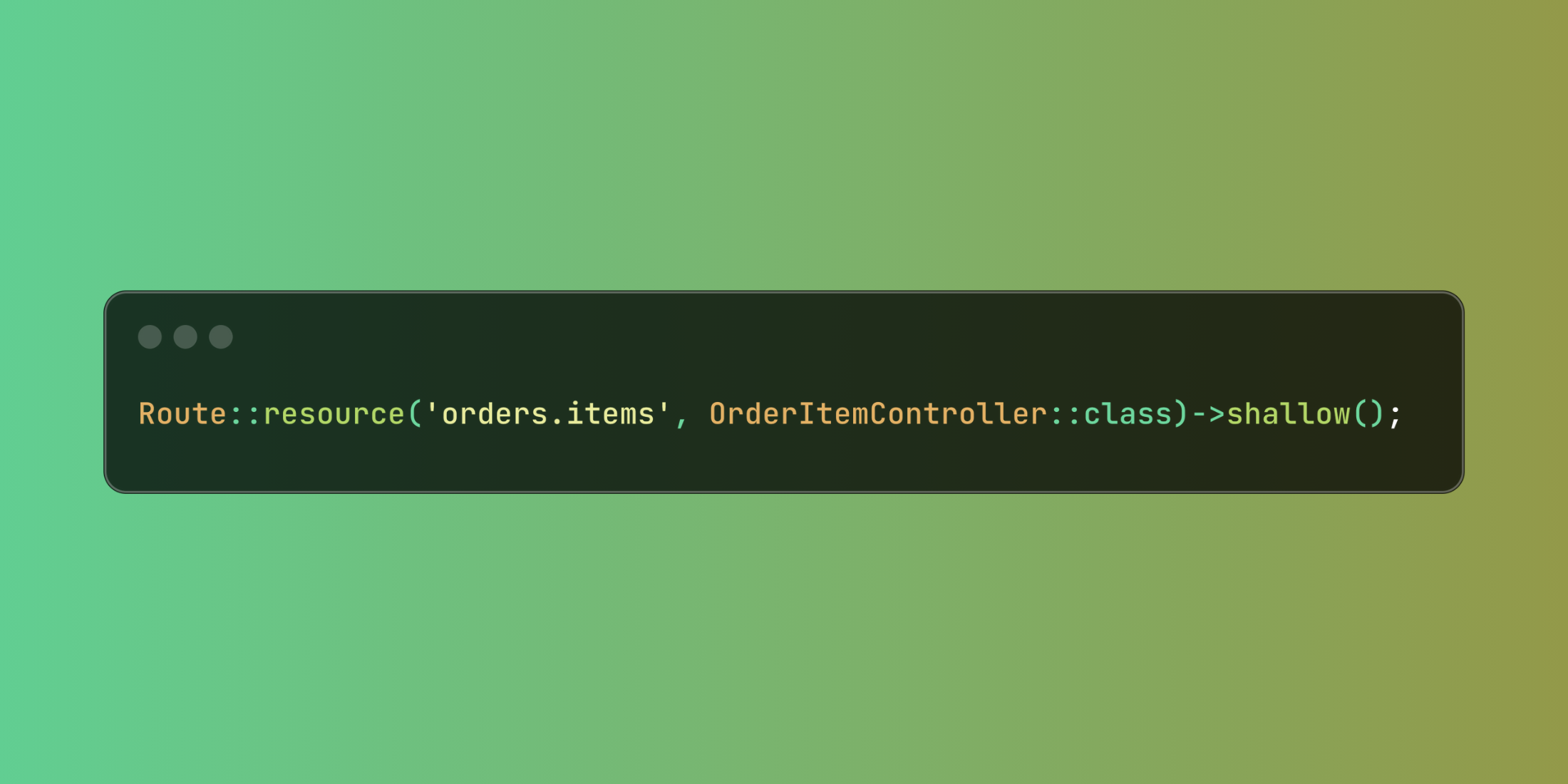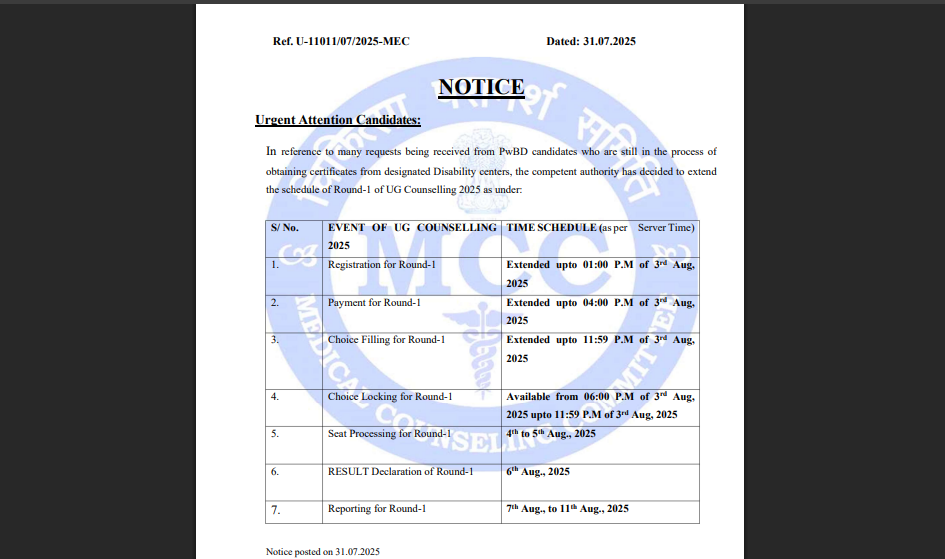A Detailed Guide to Understanding the Working of Lithium Ion Prismatic Cell
Are you seeking an efficient battery option that offers better performance over the standard batteries available in the market? If yes, read this blog to learn the various aspects of a lithium-ion prismatic cell battery. The post A Detailed Guide to Understanding the Working of Lithium Ion Prismatic Cell appeared first on Rooftop Solar for your home and more - Blog | SolarSquare.

A prismatic cell is one of the three main types of lithium-ion battery cells. It is characterized by its rectangular (almost flat) shape. Because of this flat design, lithium-ion prismatic cells allow efficient space utilization in battery packs. As a result, they’re ideal for applications with space constraints like electric vehicles and portable electronics.
The electrode layers in a prismatic battery are stacked and enclosed in aluminium or steel casing. This strong outside casing is quite rigid and offers a prismatic cell battery the much-needed mechanical durability. However, while Li-ion prismatic cells provide good energy density in a compact form, they tend to have a lower thermal stability and shorter cycle life compared to cylindrical cells. That’s why cylindrical cells remain more popular in applications that demand higher durability and heat resistance.
In this blog, you will learn about the working principle of prismatic cells, the difference between Li-ion prismatic cells and cylindrical cells, and whether or not lithium batteries are a mandatory part of rooftop solar systems for homes and housing societies in India.
TL;DR Summary Box: Are Prismatic Cells Better than Cylindrical and Pouch Cells?
Prismatic cells are much more space-efficient than cylindrical cells, and their mechanical stability is higher than that of pouch cells. So, they’re great for applications with space constraints like EVs and solar energy storage systems. However, cylindrical cells have a longer lifespan and better heat dissipation, which gives them an edge over prismatic cells when it comes to high-performance gadgets.
Here’s a compilation of all major pointers which have been discussed at length in this blog:
Topic Quick Takeaway What is a prismatic cell? A lithium-ion battery with a flat, rectangular shape that stores more energy in less space. Why are they called prismatic cells? Because of their prism-like geometric shape. What are the components of a lithium-ion prismatic cell? A graphite anode
A lithium metal oxide cathode
A porous separator between them
A liquid electrolyteWhich is better, a prismatic cell or a cylindrical cell? Both have pros and cons:
Prismatic cells save space
Cylindrical cells handle heat better and last longerHow does a prismatic cell work? Lithium ions move between electrodes, generating electricity to power devices. Benefits of Li-ion prismatic cells They’re space-efficient, offer high energy storage, and have fewer connections, which results in fewer faulty points Drawbacks of lithium-ion prismatic cells They’re prone to heat build-up and swelling
They cost more due to customization.Are prismatic cells required for on-grid solar energy systems? No.
No battery is required for on-grid rooftop solar systems.
What is a Prismatic Cell?
A prismatic cell is one of the three main types of lithium-ion batteries, along with cylindrical and pouch cells. It is designed to be space-efficient and is typically manufactured in a flat, rectangular form. Compared to cylindrical cells, prismatic cells are often larger. As a result, they store more energy per unit cell.
In batteries, capacity refers to how much electric charge a cell can store and deliver. Higher capacity means the battery can power a device for a longer time before needing to be recharged.
Because prismatic cells use a stacked or layered design, unlike the tightly wound design of cylindrical cells, lithium-ion battery manufacturers are able to fit more material (anode, cathode, and electrolyte) into the available volume. It makes Li-ion prismatic cells more suited for space-constrained applications in electric vehicles (EVs) and stationary energy storage systems.
However, despite their packaging advantages and capacity potential, prismatic cells tend to have lower thermal stability and a shorter lifecycle compared to cylindrical cells.
Why Are They Called Prismatic Cells?
They’re called prismatic because of their geometric shape. It means they resemble a prism, specifically a rectangular or cuboidal prism. A prism is a three-dimensional solid with two parallel bases and flat rectangular sides.
In the context of battery design, prismatic refers to a rectangular prism. It means:
- The cell has flat surfaces and sharp, right-angled corners
- It forms a box-like shape
The name prismatic fits because prismatic cells are enclosed in a rigid rectangular aluminum or steel case that closely resembles a geometric prism.
How Does a Lithium-Ion Prismatic Cell Work?
A lithium-ion prismatic cell is a rechargeable battery that generates and stores energy through the movement of lithium ions between two electrodes, an anode and a cathode. These ions travel through a liquid electrolyte. The movement of lithium ions triggers a flow of electrons through an external circuit, which powers connected devices, such as EVs and energy storage systems like off-grid solar systems and hybrid solar systems.
Lithium-ion movement maintains charge balance between electrodes and drives the reaction, but doesn’t directly power the device. It’s the electrons in the external circuit that power the device.
To understand how they work, you first need to grasp their structure.
Components of a Prismatic Cell
It’s a simple design with three main components:
- A graphite anode
- A lithium metal oxide cathode
- A porous separator between them
The separator is usually made from polypropylene or polyethylene or both, and the battery is filled with a liquid electrolyte.
Now, let’s check out how these batteries work, step-by-step.
Step-by-Step Working of a Prismatic Cell
The electrolyte liquid in the prismatic battery is made of chemicals such as propylene carbonate and dimethoxyethane. Its purpose is to help lithium ions move between the battery’s two ends.
Let’s check out how prismatic cells work:
- Step 1 – The battery is fully charged: When the battery is fully charged, lithium ions are stored in the anode (graphite). They remain there until the device is switched on.
- Step 2 – The device is turned on and the battery begins discharging: As the battery discharges, lithium ions move from the anode to the cathode through the electrolyte. The separator allows ions to pass but prevents direct contact between the electrodes.
- Step 3 – The electrons flow through the external circuit undisturbed:As lithium ions flow through the electrolyte, electrons are simultaneously released from the anode. They travel through the circuit of the device that the battery is connected to, not through the electrolyte. This flow of electrons generates the usable electric current that powers the device.
- Step 4 – Ions finally reach the cathode and the circuit gets completed: Lithium ions arrive at the cathode and combine with incoming electrons from the circuit. This completes the electrochemical reaction and allows continuous current flow until the battery discharges fully.
- Step 5 – The depleted battery is recharged: When connected to a charger, electrical energy drives lithium ions back from the cathode to the anode through the electrolyte. Electrons also return to the anode via the external charging circuit. This recharges the battery.
Prismatic Cells vs Cylindrical Cells vs Pouch Cells
Prismatic cells differ from cylindrical and pouch cells in terms of shape, size, structure, and applications. Prismatic cells have a higher packaging efficiency, but this also makes them more prone to swelling and less effective at heat dissipation. As a result, they have a typically shorter cycle life than cylindrical cells.
Compared to pouch cells, prismatic cells are more structurally stable. It makes them easier to stack. However, pouch cells are even more space-efficient and lightweight than the prismatic battery.
What is the Difference Between Cylindrical and Prismatic Battery Cells?
Prismatic cells are designed in a flattened shape that makes them ideal for space-saving and high-capacity applications like electric vehicles and solar energy systems. But, at the same time, they require careful handling and aren’t great at managing heat and physical stress. In contrast, cylindrical cells are compact, standardized, and highly efficient at heat dissipation. It makes them a reliable choice for toys and other high-performance gadgets.
Let’s understand the major differences between the two types so you can choose the one that suits your needs better.
Feature Prismatic Cell Battery Cylindrical Cells Shape Flat and rectangular like a prism Round and tubular Internal structure Stacked or layered Jelly-roll or spiral wound Casing Rigid aluminum or steel can, often with insulated film Steel or aluminum cylindrical shell Size flexibility Customizable sizes, but not standardized across manufacturers Standardized formats like 18650 and 21700 across manufacturers Capacity Higher per cell due to larger size and fewer interconnections Lower per cell
Requires grouping for higher capacityVoltage output Nominal voltage per cell but stable output Higher voltage spikes
Faster discharge per AhThermal management Poor airflow
Retains heat between adjacent cellsExcellent heat dissipation due to spacing and airflow between cells Performance reliability in a pack One bad cell can affect the working of the entire battery pack The battery pack can continue operating normally even if one cell malfunctions Mechanical durability Rigid but vulnerable at corners
More prone to stress without proper casingStructurally very robust
Handles shock, pressure, and vibration wellUse cases EVs, energy storage systems, medical devices Electronics, power tools, toys, high-discharge applications Manufacturing complexity Custom builds make manufacturing complex Mass-manufactured and low complexity
A low-cost processCost Generally higher
Greatly influenced by customization, volume, and testing needGenerally lower
Cost-effective and easier to source in small or large quantitiesLifespan Shorter than cylindrical cells
1,000 to 5,000 cycles
Average lifespan of 2,000 cyclesMore than prismatic cells
25,000 cycles
What is the Difference Between a Lithium Pouch and Prismatic Cells?
Both prismatic and pouch cells are known for their compact, space-efficient designs. But they substantially differ in structure and durability. Prismatic cells have rigid metal casings that offer them better mechanical protection. In contrast, pouch cells are ultra-lightweight and flexible, but they’re prone to risks like swelling, puncture, and thermal sensitivity.
Let’s check out all the major differences between these two types of lithium batteries:
Feature Prismatic Cell Battery Pouch Cells Shape and structure Rectangular and flatted shape
Encased in a rigid aluminum or steel shellFlat and flexible laminate foil casing
There’s no rigid shellWeight Heavier than pouch cells due to metal casing Extremely lightweight due to lack of hard enclosure Packaging efficiency Good space efficiency due to flat stacking They have the highest packing density among all three types of Li-ion batteries Internal design Stacked or layered sheets Stacked layers, sealed in a soft pouch Mechanical strength External casing protects from impact and deformation Needs external support to prevent swelling or puncture Swelling risk High Very high
Prone to swelling under mild stress or agingThermal management Poor when compared to cylindrical cells
Moderate when compared to pouch cells
Heat passes between adjacent wallsPoor
The flat profile retains heat without structured airflowCooling support for heat dissipation Needs passive or moderate active cooling Often requires external cooling systems for stability Energy density by volume High Highest among the three types of lithium batteries Lifecycle 1,000 to 5,000 500 to 2,000 Common applications EVs, solar energy storage systems, medical devices Smartphones, laptops, drones, wearables, compact electronics Cost High Very cost-effective in large volumes
What Are the Uses/Applications of Lithium-Ion Prismatic Cells?
Prismatic cells can keep electric vehicles (EVs), hybrid vehicles (HEVs) and medical equipment running without the need for any other source of electricity. They can also be used for commercial rooftop solar systems that require energy storage alongside grid support.
Here’s a detailed list of multiple applications of prismatic cells:
- Electric Vehicles (EVs) and hybrid vehicles (HEVs): Prismatic cells are used for powering EVs and hybrid vehicles because they store a lot of energy and can fit into a small space.
- Large solar and wind energy systems: These cells are used to store energy in large-scale solar farms and wind farms. This is mainly because lithium-ion prismatic cells can hold a large amount of power for later use.
- Medical equipment and backup systems: They’re used in portable ventilators and heart defibrillators because they can keep working in emergency situations even during power cuts.
- Electric boats: Prismatic cells are used in boats because they’re compact, store a lot of energy, and help the boat run longer without charging often.
- Electric forklifts and warehouse vehicles: These batteries are ideal for forklifts and other machines that operate for extended periods in warehouses.
What Are the Benefits of Prismatic Cells?
Prismatic cells are highly space-efficient, and that’s their biggest advantage. Since they’re compact and have fewer gaps between cells in a battery pack, more energy can be packed in a given volume. Plus, they’re simpler in design because they have fewer interconnections, which means there are fewer chances of failure.
Let’s check out all the benefits of a prismatic cell battery in detail:
- They have a space-efficient design: The rectangular shape and flat design of prismatic cells allow very efficient use of the internal space present within battery packs. It makes them ideal for applications with tight spatial constraints, such as EVs and solar energy storage systems.
- They have a high energy density by volume: The stacked internal structure and fewer gaps between cells in a module mean more energy can be packed into a given volume compared to cylindrical cells.
- The design isn’t complex as fewer interconnections are required: Because prismatic cells are larger in capacity, fewer cells are needed in a battery pack to reach a desired volume. This reduces the number of parallel and series interconnections, which, in turn, minimizes the risk of failure.
- They are easy to assemble in large-scale energy systems: This credit goes to a better module-level packaging. Prismatic cells are stacked uniformly. It leads to clean, modular pack designs that are easier to scale and assemble in large energy systems.
- They can be custom-made: There’s a lot of size flexibility since prismatic cells can be custom-made upon request. Manufacturers can produce prismatic cells in a wide range of dimensions to meet application-specific design needs, especially in automotive or industrial use cases.
- Good safety under normal operating conditions: While not as tolerant as cylindrical cells in terms of thermal management, prismatic cells do include pressure relief valves and a thicker casing. It helps prevent explosions or ruptures under mild manhandling.
What Are the Disadvantages of a Prismatic Battery?
One of the biggest disadvantages of prismatic cells is their poor thermal management. Since there’s limited airflow between cells, heat dissipation is slower when compared to cylindrical cells. Excessive pressure buildup can also cause a prismatic cell battery to swell.
Let’s check out the major disadvantages of prismatic cells in detail:
- They do not handle heat dissipation well: Prismatic cells have poor thermal management when compared to cylindrical cells. Their flat and compact stacking limits airflow between cells. It makes the cells more prone to heat buildup. The heat dissipation is slower compared to cylindrical cells.
- There’s a risk of swelling: Although the rigid casing offers protection, internal pressure from gas buildup can still cause prismatic cells to swell, especially if not well-managed.
- Sharp corners make the cells structurally weak: Since the sharp corners of prismatic cells are structurally weaker, they can suffer from mechanical stress, shocks, or vibrations. Hence, these cells require additional protection inside the battery enclosure.
- They have a lower cycle life in poorly cooled systems: Due to heat retention and structural stress, prismatic cells may have a shorter operational life if used in systems that have poor thermal management.
- They’re expensive: Most prismatic cells are custom-built for specific applications. This results in longer manufacturing times, higher setup costs, and stricter minimum order quantities (MOQs).
- They’re more expensive to repair or replace: If one prismatic cell fails in a series pack, it may compromise the entire pack’s performance, and replacements are costlier due to limited interchangeability.
- Safety gets compromised if the battery is damaged: While the metal casing offers protection, if a prismatic cell is punctured or physically compromised, it can be harder to vent gases safely, increasing fire risk.
- Limited scalability for small applications: Due to their larger size and rigid casing, prismatic cells are not ideal for compact or wearable electronics. In these cases, pouch or cylindrical formats are better suited.
Do You Require a Lithium-Ion Battery With On-Grid Rooftop Solar Systems?
You do not require any battery storage when installing on-grid rooftop solar systems at homes. Batteries are needed only when the system being installed is either off-grid or hybrid in nature.
In reality, most urban areas in India with a reliable grid connection don’t see extended spells of power cuts. Since off-grid and hybrid solar systems are very expensive, it’s always a better choice to install on-grid systems since they offer benefits that the other two can’t.
Installing an on-grid rooftop solar panel system for home has the following benefits:
- The central government offers homeowners a subsidy: Homeowners can get a subsidy under the PM Surya Ghar Muft Bijli Yojana. The maximum subsidy under this scheme is capped at Rs. 78,000 for homeowners and Rs. 90 lakh for housing societies. If you install off-grid solar systems or you want to use solar power for commercial purposes, you won’t be eligible to claim this subsidy.
- The solar system installation cost breaks even soon: The system cost gets recovered in just 3-5 years after you get a subsidy. Since a well-maintained solar system can last for a minimum of 25 years, you will benefit from free electricity for as long as the system lasts. This means your electricity bills will get reduced by at least 90%.
Furthermore, when you install SolarSquare’s on-grid rooftop solar systems, you’re looking at massive savings over 25 years. Let’s give you an idea about the kind of savings we’re talking about against the kind of upfront investment you’ll have to make.
We’ve taken the example of solar panel price in Nagpur vs the savings you’ll make in 25 years.
Solar System Size Solar Panel Price in Nagpur With Subsidy (Starting Price – Indicative for Base Variant)* Solar Savings in Nagpur in 25 Years 2 kWp ~ Rs. 1.15 lakh ~ Rs. 11.05 lakh 3 kWp ~ Rs. 1.32 lakh ~ Rs. 16.58 lakh 4 kWp ~ Rs. 1.77 lakh ~ Rs. 22.11 lakh 5 kWp ~ Rs. 2.27 lakh ~ Rs. 34.43 lakh 10 kWp ~ Rs. 5.02 lakh ~ Rs. 68.86 lakh
*Please note: The above-mentioned solar panel price is indicative as of 31st July 2025 for the SolarSquare Blue 6ft variant. The final cost of installing a solar panel depends on your DISCOM charges, product variant opted for, panel type, inverter type, mounting structure height, type of after-sales service, savings guarantee, roof height, etc. Prices are subject to change. Additionally, while calculating savings, we have considered the annual tariff escalation at 3% and the annual degradation at 1%. The actual final savings from solar panel installation depend on the types of solar panels you’ve installed and their efficiency, intensity of sunlight your rooftop receives, orientation of the panels and tilt angle, the pollution level and weather conditions in your city, the temperature, shadow on the roof, impact of dirt/dust, and how well you maintain your panels after installation.
Not from Nagpur, but want to check out how much money an on-grid rooftop solar panel system saves for you? Use SolarSquare’s rooftop solar calculator to get an estimate for free.
Calculate your savings

Forecast your savings with solar on your investment on the SolarSquare’s plant

Conclusion
A prismatic cell’s space-efficiency is its main superpower. Since it packs more energy by volume and is space efficient, it can easily be used in applications where there’s a serious space shortage. However, when compared to cylindrical cells, Li-ion prismatic cells have poorer thermal control. It means they don’t handle heat dissipation as well as cylindrical cells.
When planning to install rooftop solar for housing societies, homes, and commercial complexes, on-grid solar systems offer a better return on investment. If you have any questions about installing solar at your home, you can book a free solar consultation with SolarSquare.
FAQs
Q1. What is the life of a prismatic cell?
Ans. A prismatic cell can last between 1,000 and 5,000 charge-discharge cycles. On average, prismatic lithium-ion cells last for around 2,000 cycles. In well-maintained systems, they can last up to 12 to 15 years.
Q2. What EVs use prismatic cells?
Ans. The EV models of renowned car manufacturers BMW, Volkswagen, and Tata Motors use prismatic cells. In general, cargo vans, trucks, public buses, and even auto rickshaws use prismatic cells.
Q3. What is the size of a prismatic cell?
Ans. Prismatic cells can be custom-manufactured in various sizes based on the application. Typical sizes range from 103 x 45 mm for smaller packs to 530 x 450 mm for high-capacity EV systems.
Q4. What is the price of lithium prismatic cells in India?
Ans. The cost of prismatic cells in India for a single cell can range from ~Rs. 3,600 to ~Rs. 9,300, depending on the cell’s voltage, capacity (Ah), and chemistry. Prices can vary widely across manufacturers and may be affected by factors like bulk order quantity, certifications, and import duties.
The post A Detailed Guide to Understanding the Working of Lithium Ion Prismatic Cell appeared first on Rooftop Solar for your home and more - Blog | SolarSquare.
What's Your Reaction?


























































































.svg)






